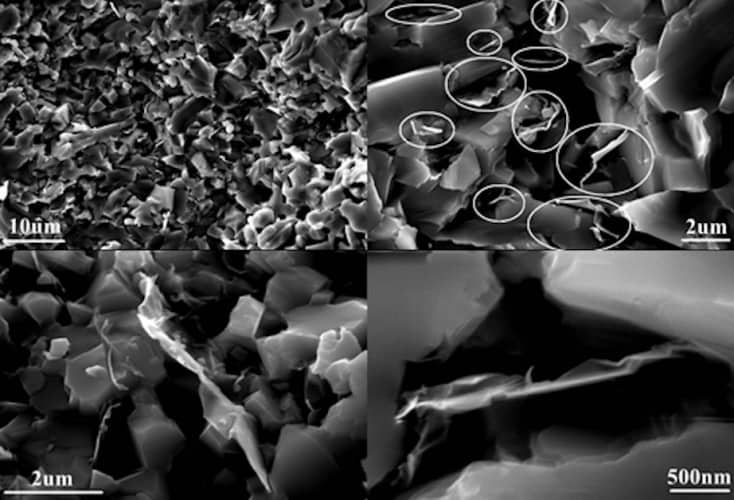One of the less well-known properties of graphene could enable the carbonaceous wonder-material to help combustion engine vehicles to make better use of the energy from their fuel by converting waste heat into electricity to charge the batteries or power on-board systems, according to the University of Manchester. Graphene-doped strontium titanium oxide has the ability to generate electricity from relatively small amounts of heat, according to a team working with a Leicester-based thermal management specialist called European Thermodynamics.

Internal combustion engines lose about 70 per cent of the energy from their fuel as heat, so recovering some of that energy would obviously be beneficial. But materials that exhibit thermoelectric properties — the ability to convert heat to electric current — tend to work only at higher temperatures than those seen in engines. Working with the thermoelectric base material strontium titanium oxide, the team led by Professors Ian Kinloch and Robert Freer has found that making it into a composite with grapheme could be advantageous. ““Our findings show that by introducing a small amount of graphene to the base material can reduce the thermal operating window to room temperature which offers a huge range of potential for applications,” Freer said.
“The new material will convert 3-5% of the heat into electricity. That is not much,’ Freer conceded, but considering the usual 70 per cent loss, “recovering even a small percentage of the lost energy with thermoelectric technology would be worthwhile.” The team has published its findings in the American Chemical Sociey Journal Applied Materials and Interfaces. Other graphene-related automotive research at Manchester includes using the material in composites for lightweight bodywork, which could improve the fuel economy of vehicles.




Glasgow trial explores AR cues for autonomous road safety
They've ploughed into a few vulnerable road users in the past. Making that less likely will make it spectacularly easy to stop the traffic for...